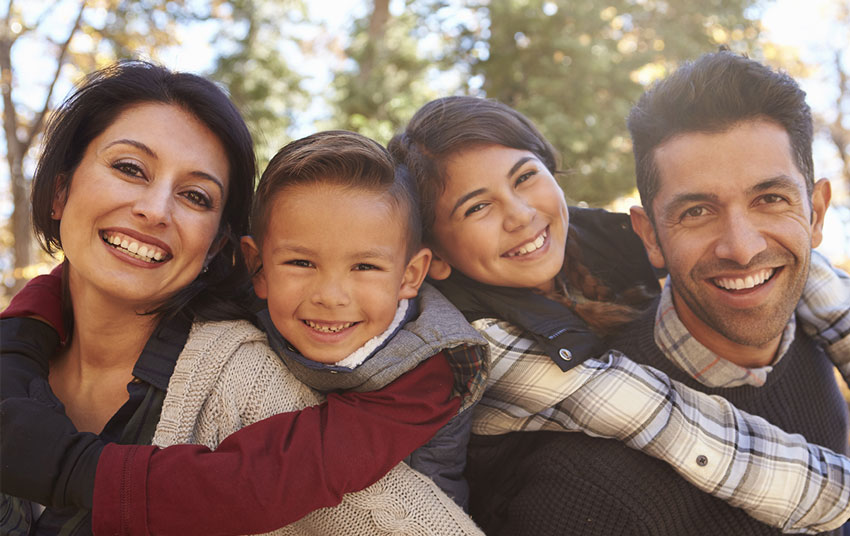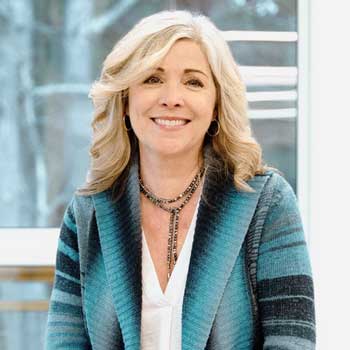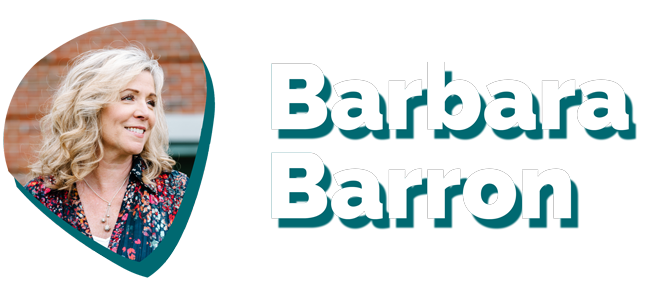by Barbara Barron | Posted May 31st, 2023 | Subscribe to this newsletter

Most of us have heard about the Giant Wealth Transfer that is coming in the next 20-25 years.
In essence, it is the predicted tsunami of personal wealth amassed by Baby Boomers who will pass it on to their children, their grandchildren, and to charities. Something like $80-100 TRILLION will be passed down. That will affect 45 million households in the US.
Zowy!
This from the largest cohort ever. And much of it will pass down to the 2nd biggest cohort: Millennials.
And while potentially 10% of that million will go directly to charities, the bulk of it is going to the heirs of the Boomers. (Kinda makes you wanna be a little nicer to them, eh?!)
I know that many of my loyal readers are millennials. So, too, are the teachers in your schools and your current parents. Your donors. Right now, most Millennial parents have children enrolled in preschools and elementary schools. (I have client schools seeing big, first-time gifts from parents with 2-year-olds.) And they’re on their way to your high schools.
An exhilarating little factoid that I shared recently with my own Millennial family members is this:
By 2030, Millennials are expected to have five times the wealth they have today.
Take a minute. Do that math.
Some are already rich. Right now, there are 600,000 Millennial millionaires in the US. This is before the wealth transfer, friends.
More hopeful news? While 35% of Baby Boomers consider themselves to be “philanthropists”, a whopping 73% of Millennials consider themselves to be. Source: New Mindset of Philanthropy | Fidelity Charitable]
And they’re not just talking. They’re acting. That same data shows that 87% of Millennial employees give to charities. 70% donate their time. And it’s on the rise. They gave 40% more in 2022 than in 2016.
Check this out, if you don’t believe me: Millennials Had the Biggest Increase in Giving Among the Generations, New Survey Finds (philanthropy.com)
The headline is this: they’re earning more, and they’re giving more. Not everyone, of course. But many.
So the question remains. Are you and your school ready for what’s coming?
Have you subscribed to this newsletter yet? It only takes a minute.
Let’s get prepared.
Quick recap. A huge cohort of philanthropic-minded people – who are already generous and engaged, many already very wealthy – are about to become very, very wealthy.
Sounds wonderful, right? It is. And yet, are we in advancement geared up for this? Are we building the kinds of relationships with them now that will lead to them sharing their largess? Or asking for our help?
Important to remember is that this will be a big first for them. Most will be new to this kind of wealth. And for many, it will happen overnight.
At this moment, I see our roles in advancement as that of educators. And ultimately, the true goal is to be trusted advisors.
We have an opportunity to educate this group – and they are, in the main, open to it – about the ways they can leverage their gifts to have real impact. We can offer clear and compelling information about the ways they can make a difference at our schools. We need to make it easy. We need to find and promote “urgent” moments like giving days or organizing moments. Things like Make-A-Will Month in August (tricky timing for us in schools, I realize) or National Estate Planning Awareness Month in October (might be easier.)
Moreover, we need to be the place where they can find and access good information. We aren’t financial advisors and can never purport to be, but we can assemble a small group of qualified, objective professional advisors with whom our Millennial parents can consult for good advice.
And when we are talking with families about their giving objectives, we need to be prepared to raise the subject of their estate plans. Nothing makes you realize you need a will more than having a child or coming into big money. (Although shockingly, many parents of young children do not have wills.)
When our parent donors trust us, we can be helpful as they navigate this new world.
Some fun facts: Women tend to be slightly more generous than men (19% vs.17%). And pet owners are overwhelmingly charitable. How cool is that?!
Much of this great material came from a webinar offered by FreeWill, a terrific organization helping charities do a better job raising money through planned giving efforts. I highly recommend their lively and informative webinars.
If you’re realizing that you need to pull “planned giving” off the back burner – where it’s been simmering – and start to be more proactive, let me help you. Starting a planned giving program is not difficult. But it does require (like most things) a few early adopters.
With some simple, steady messaging, and good resources, you’ll be on your way to seeing results. For more information, I’ve written articles on the topics of creating legacy challenges and the power of the gift of life insurance.
Happy to help you.
Barbara Barron

Share this post:
About the Author

BARBARA BARRON is one of the most respected and highly sought-after independent advancement professionals in the country, having worked with dozens of schools in every corner of the United States.
She has raised over $20 million for schools where she served as the Director of Development. Barbara is a New York Times bestselling author, speaker, and presenter who currently advises dozens of schools in various capacities. She is considered a thought leader in the world of advancement, with her writing widely shared by professionals in development offices worldwide.






